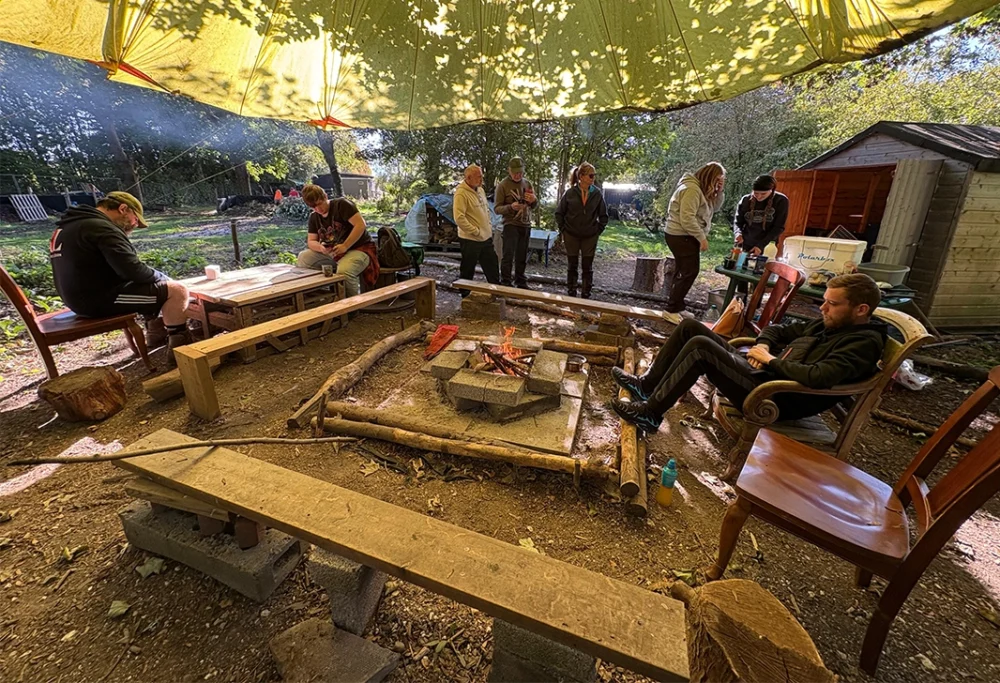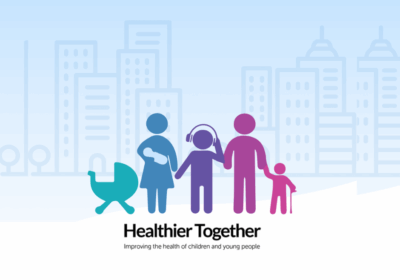A SALISBURY charity that supports vulnerable and homeless individuals across the south west and Wales has unveiled a refreshed visual identity that reflects its commitment to breaking the cycle of homelessness.
Founded in 1991 by Reverend John and Alicia Proctor, ALABARÉ began as a simple act of compassion, offering shelter to a homeless man named Bob.
From that moment, the charity has grown from a small community initiative into a £12 million organisation supporting thousands of people each year.
Now, 35 years on from its founding roots, the charity is reaffirming its mission with a new look and renewed voice.
“This isn’t just a rebrand, it’s a recommitment,” said James Tomlinson, director of strategic communications.
“We’re not just here to end homelessness. We’re here to break the cycle that causes it.”
READ MORE: Dinghams in Salisbury to reopen later this month
READ MORE: Alabaré’s partnership with Salisbury FC kicks off as bar sales to be donated to charity
The announcement comes at a time when homelessness in the UK is reaching critical levels. As of March 2025:
- 131,140 households were living in temporary accommodation—a record high
- 83,450 households were assessed as needing support to prevent or relieve homelessness
- More than 83,000 children are currently living in temporary accommodation
- One in every 200 UK households is experiencing homelessness
These figures highlight the urgent need to address not just the symptoms, but the root causes of homelessness – poverty, trauma, mental ill-health, and lack of opportunity.
ALABARÉ’s new identity centres around three pillars:
- Homes – Safe, stable places to live
- Hearts – Compassionate care and community
- Minds – Support for mental health, skills, and personal growth
Supporters are invited to be part of this new chapter by donating, volunteering, or fundraising to help build brighter futures, following ALABARÉ on Facebook, Instagram, and LinkedIn and visiting alabare.co.uk to learn more and get involved
“We’re proud of our past, but we’re focused on the future,” said Tomlinson.
“If we really want to break the cycle of homelessness, it’s going to take the collective support of our government, local authorities, our strategic partners, and our donors.”











Leave a Reply